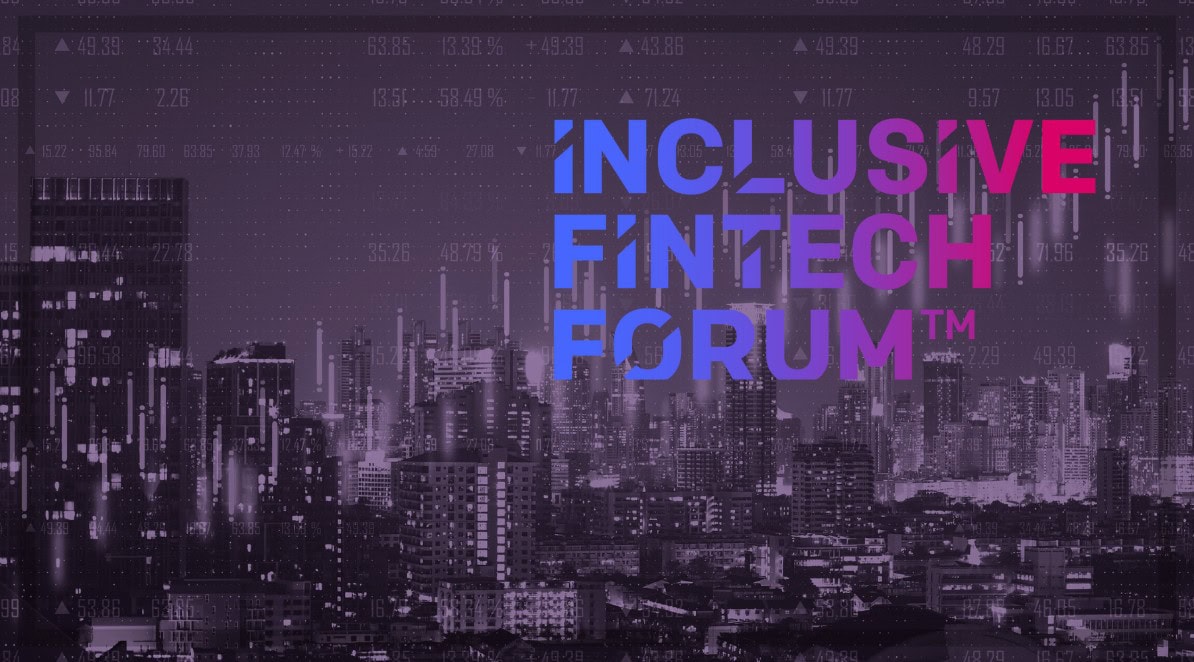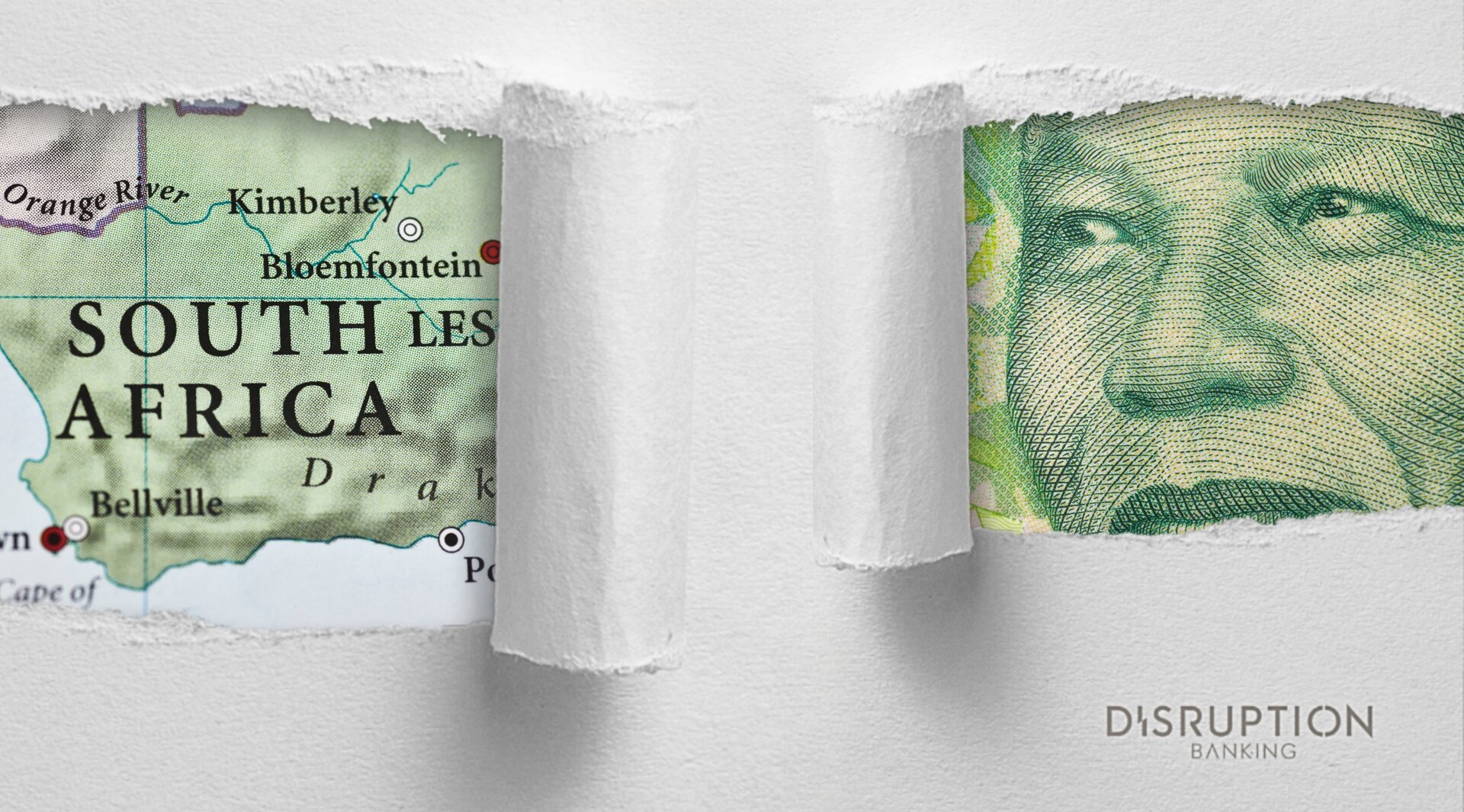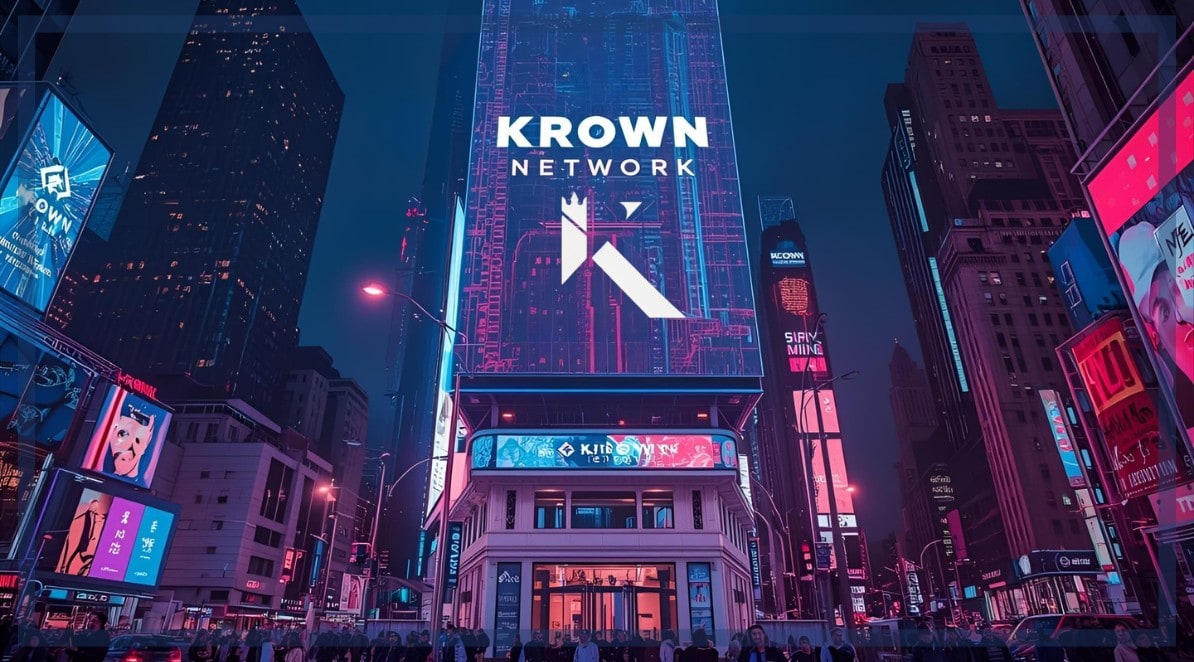What do you think happens when you send money across the border? One could easily conclude that with traditional bank transfers sometimes taking up to five business days to complete, a lot must be going on behind the scenes.
But with fintech services now offering instant transfers worldwide, sending $500 internationally almost seems far too simple, as if funds are simply dragged and dropped from a sender’s account to a recipient’s account.
Despite the incredibly fast transfers, fintech platforms embody multiple layers of technology, infrastructure, and compliance that every transfer must go through to completion, whether you are sending $10, $500, or $3,000.
We take a look at what actually happens when you transfer money overseas, from app to arrival.
The User Interface Layer
International mobile money transfers are generally initiated by a user through their service provider’s website or app—the first point of contact with the transfer service.
Usually, initiating the transfer process involves the user providing details pertaining to their identity and ownership of the account, the recipient’s bank and account info, and the transfer details (including currency and amount).
All these happen at the user interface (UI) or presentation layer of the app, which is the portion of digital money transfer technology and infrastructure that end users directly interact with.
Hence, fintech service providers put a lot of thought and work into ensuring that app and website UI is simple, intuitive, reliable, and secure, addressing all the key end-user needs, pain points, and behaviors highlighted during research.
The end goal is to allow any user to navigate the platform for cross-border payments while trusting that its security features and indicators can reliably secure their personal data and funds.
Compliance, KYC, and Anti-Fraud Checks
As a first step towards securing user data, fintechs comply with Know Your Customer (KYC) and anti-money laundering (AML) regulations applicable within their regions of operation.
In the U.S., for instance, these regulations are enshrined in some major laws, including the Bank Secrecy Act (BSA) and the U.S. Patriot Act of 2001.
Essentially, compliance with these regulations means that fintech providers must do due diligence to identify and verify their customers’ identities and use relevant data to prevent fraud. On a broader scale, these regulations address money laundering and terrorist financing.
In the background of these platforms, KYC and AML compliance typically involve:
- Continuous identity verification
- Real-time transaction flagging
- Regulatory screening
These compliances help put fintech providers in check while equally ensuring that the international money transfer landscape remains generally safe for genuine end-users.
With the procedures for these compliances going on in the background, the end user continues their transfer initiation journey while facing other processes, such as currency conversion.
Currency Conversion and Exchange Rate Engines
Currency conversion is dependent on real-time exchange rates at the time of a transaction. At the time of writing this article, the exchange rate for the U.S. dollar to Mexican peso was $1 for MXN18.68, according to Morningstar Index.
Suppose you are transferring money to your folks in Mexico at this exchange rate. Ideally, if you send $500, they would receive MXN9,340.
Exchange rates are subject to fluctuations due to changes in market supply and demand, interest rates, market speculations, government policies, and political instability, among other factors, which could affect rates by the minute.
To stay up-to-date with current rates, fintech providers integrate exchange rate application programming interfaces (APIs) into their platforms.
The exchange rate APIs actively collect foreign currency exchange data in real-time from reliable market sources. The outcome of the real-time analysis of the exchange data, coupled with other internal factors, helps the provider determine the rate to set on their price feed.
Since different providers use different APIs and factors to determine their rates, rates differ across providers.
Given that rates are affected by multiple market, political, and economic factors, which could lead to changes by the minute, fintech platforms utilize dynamic rate calculations.
As a result, if you delay the transfer by some minutes, hours, or days, and then come back to it, you would most likely get a rate different from the current rate, which could also be higher or lower.
Payment Processing and Settlement Networks
Although a fintech provider offers you the services necessary to send money abroad swiftly and securely, it doesn’t necessarily mean that it is the provider that handles all the transfer processes.
Payment processing and settlement networks, such as Society for Worldwide Interbank Financial Telecommunication (SWIFT), Automated Clearing House (ACH), and Single Euro Payments Area (SEPA), serve as payment processing bridges between banks on a given financial network or region.
SWIFT serves as a secure communication network for financial institutions worldwide to help in the confidential relay and validation of transaction details and instructions between providers. SWIFT transfers take 1-5 working days to complete.
The ACH, managed by the National Automated Clearinghouse Association, handles the batch-processing and settlement of transactions between originating and receiving financial institutions within the U.S. ACH transfers typically take 1-3 days to complete.
SEPA is a euro market initiative that unifies the standards for euro-based transfers across the EU and other participating countries, making it possible for users to complete cross-border transfers using a single euro account. Transfers are completed within seconds or on the same day.
Depending on their target market, fintech providers may work with the above-listed, other payment processing networks, or domestic payment rails.
And the timeframes for transfer completion may be instant or take multiple days, depending on the network in use, as well as the number of banking intermediaries on the network.
Fees, Spreads, and Hidden Costs
You’ll recall that we mentioned that ideally if you were to send $500 to Mexico on July 14, 2025, the recipient would receive MXN9,340. However, the existence of transfer fees, currency spread, and receiving bank fees often means that the recipient doesn’t receive that exact amount.
This is especially the case with traditional banks. With fees and hidden costs up to 12% of the transaction amount, the World Bank regards banks as the costliest channels for international money transfers.
In comparison, fintechs like BOSS Money generally have substantially lower transfer fees and better exchange rates.
For context, at the time of writing this section, USD-MXN exchange rates were:
- $1 for MXN18.69 on Morningstar Index
- $1 for MXN18.95 on BOSS Money, a fintech platform
Not only that, BOSS Money offers a $0 fee on your first transaction.
Therefore, if you send $500 to Mexico via BOSS Money (using their rate), the recipient receives MXN9,475 (as at July 14). That’s MXN135 more than the ideal amount they would have received.
With traditional banks, the recipient may only get about MXN8,224 at the Morningstar rate (18.69 x [$500 – 12% costs]), which is 1,116 less than the ideal amount they would have received.
In both cases, there are other factors that determine the final amount the recipient gets, but you are likely to save more when sending money via fintech platfroms.
By taking a digital-first approach, fintechs are able to eliminate unnecessary intermediaries while drastically reducing overhead costs and devising more cost-saving measures to stay competitive. This is a privilege that traditional banks have yet to leverage, thus driving costs up.
Security, Encryption, and Data Privacy
Besides KYC and AML compliance, other regulatory protocols, such as the General Data Protection Regulation (GDPR) and the California Consumer Privacy Act (CCPA), guide cross-border payment platforms on the best practices for data storage and transmission security.
If you’re using a U.S.-based provider, it is absolutely necessary to confirm that they are CCPA-compliant. On the app or website, these protocols manifest as TLS encryption, tokenization of sensitive data, and active fraud monitoring.
These regulations also guide how platforms address reversals, tracking, and other dispute resolution processes between platforms and end-users, as well as between platforms and other financial institutions.
The Recipient Experience
All the processes described above generally happen within a few minutes (for fintechs) or 1-5 days (for traditional banks), resulting in the recipient getting a notification that you sent money to their bank account or mobile wallet.
Fintechs go the extra mile to provide home delivery and cash pickup points in unbanked communities through mobile agents, making international money transfers accessible to remote communities worldwide.
Basically, there is nothing stopping you from sending or receiving $500 anywhere across the globe.
Every Tap Tells a Tech Story
A seemingly simple $500 transfer to Mexico, Kenya, India, Australia, Germany, or anywhere in the world activates an invisible chain of complex systems that ensures its delivery to the intended recipient.
The next time you hit “Send,” think about how tech has made it possible for you to send money around the world in a few minutes—a process that traditionally took days, and a significant amount of stress, to complete.














